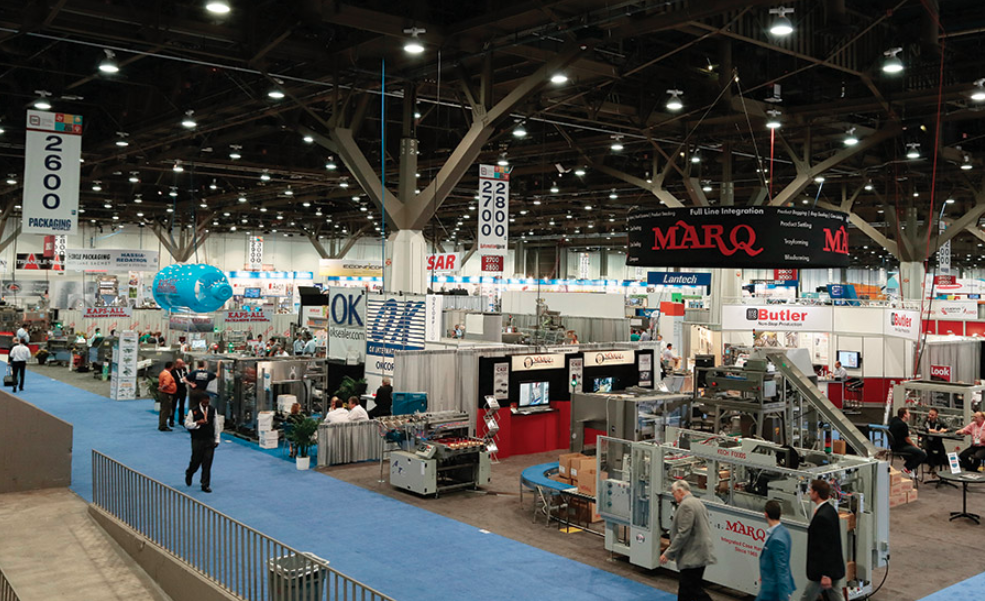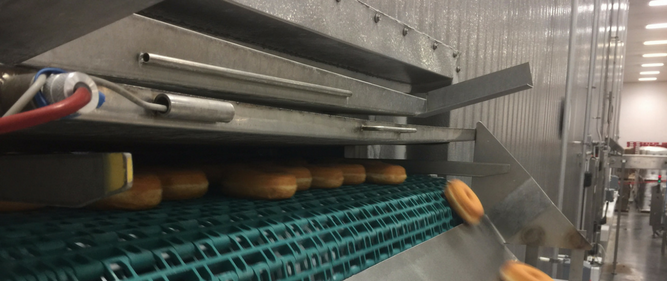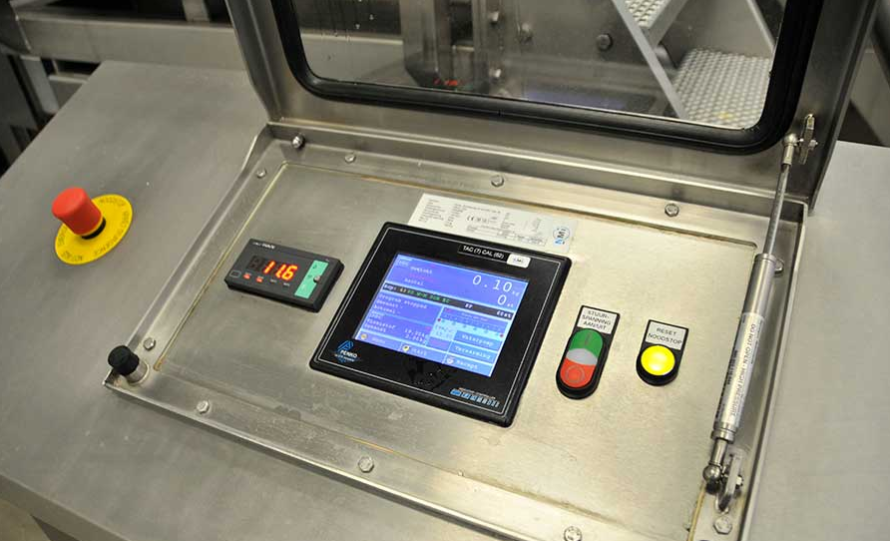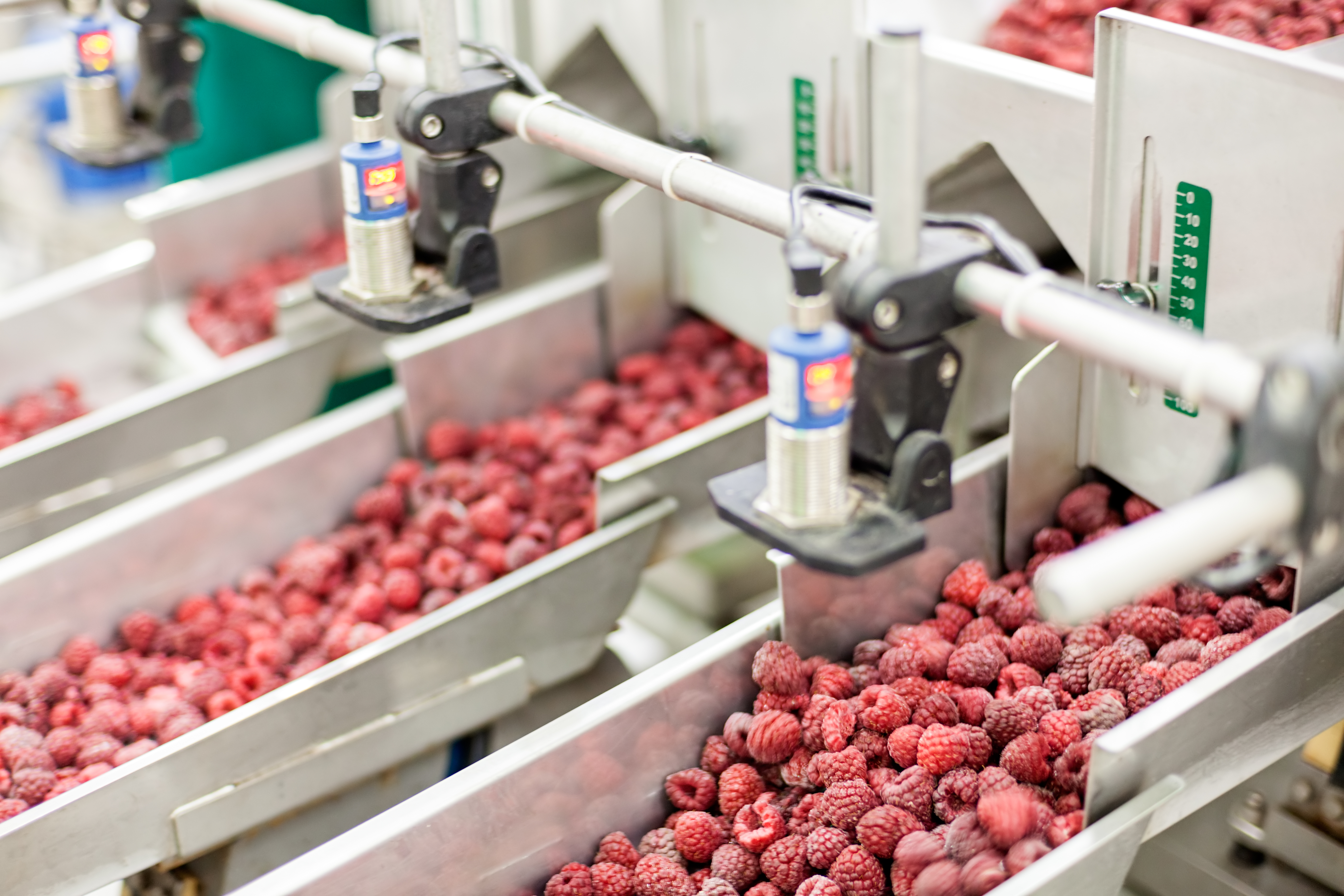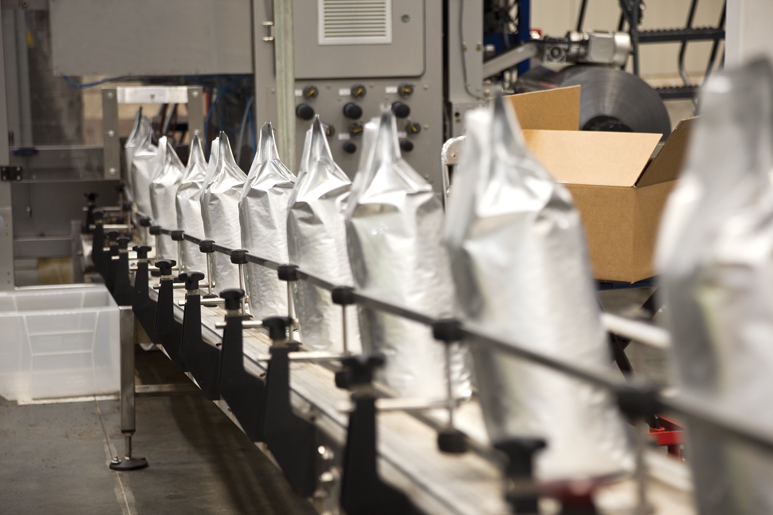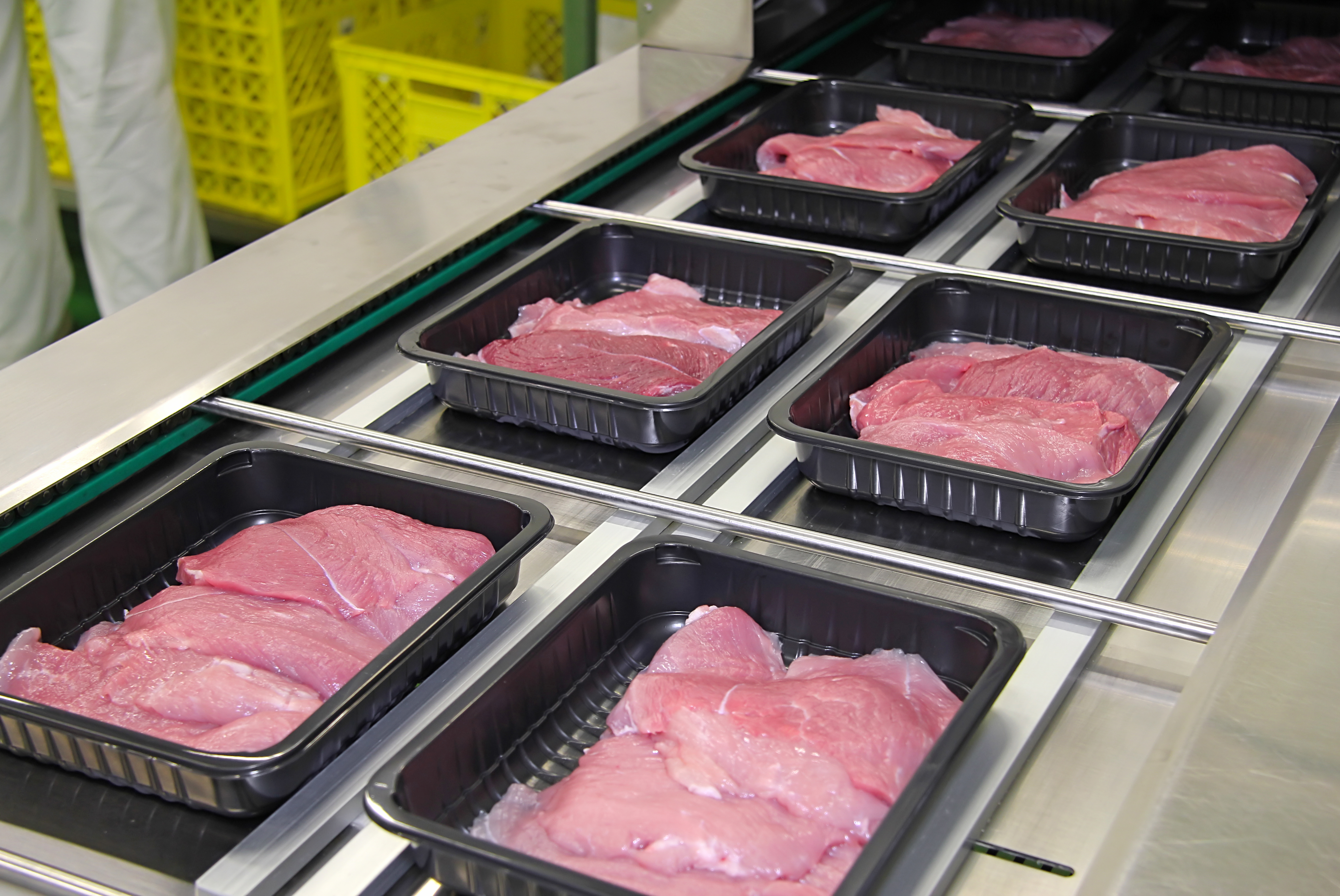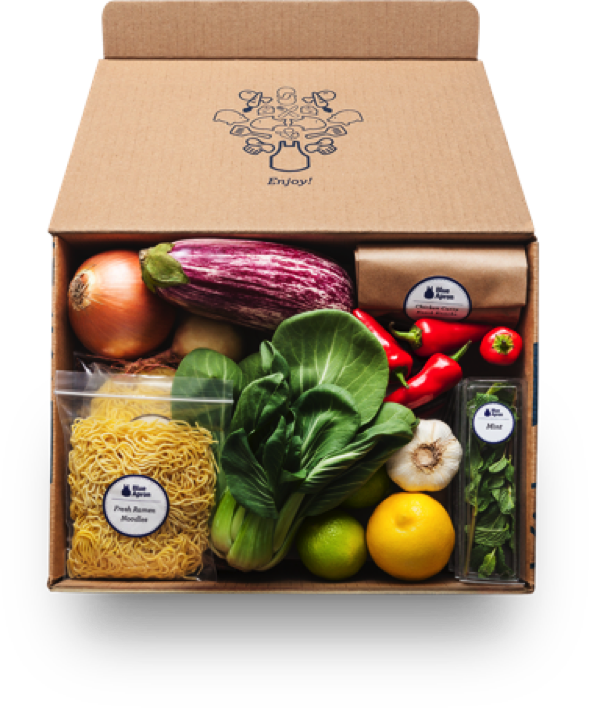Improving Product Flow in Your Food Manufacturing Facility
Improper product flow can be detrimental to your food plant’s operations in more ways than one. These inefficiencies can cost money, waste time, jeopardize food quality and introduce safety hazards on the production floor.
In this post, we’ll explore the ways your facility may be at risk and what you can do to improve product flow.
Continue Reading “Improving Product Flow in Your Food Manufacturing Facility”



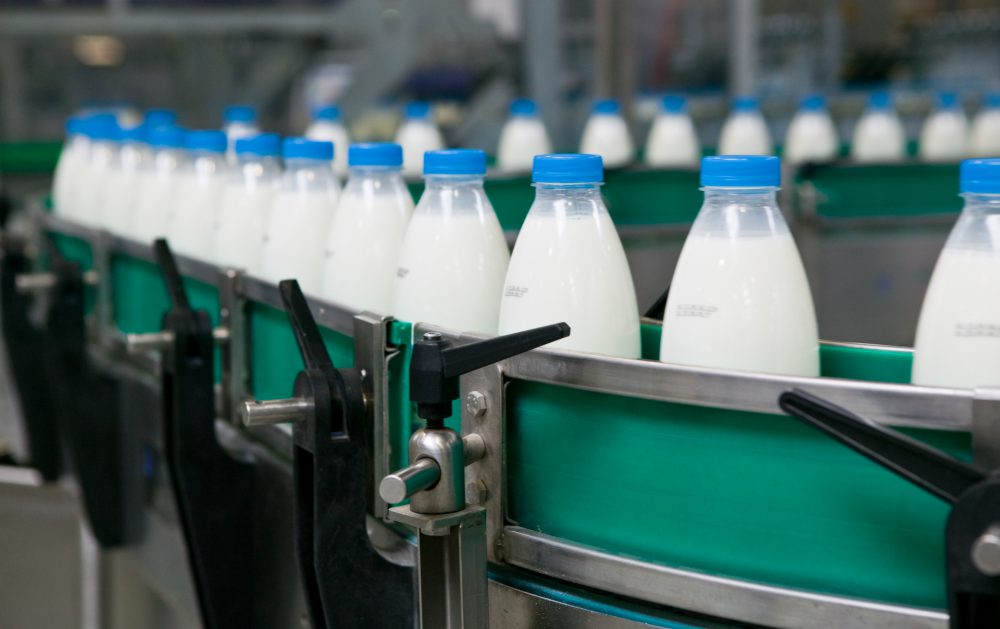
![[Infographic] 7 Best Practices for Gluten-Free Manufacturing](https://stellarfoodforthought.net/wp-content/uploads/2016/10/BREAD.png)
